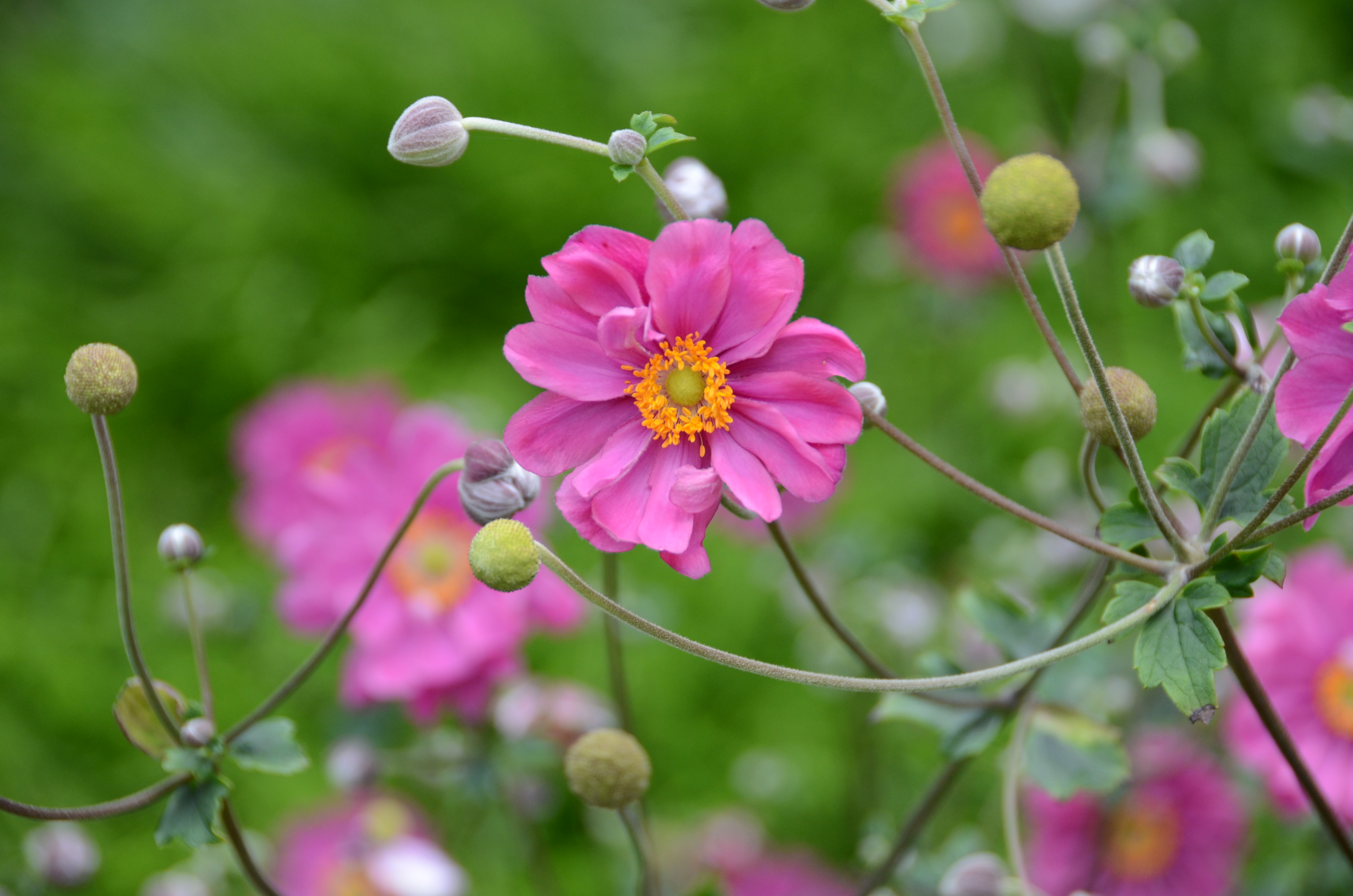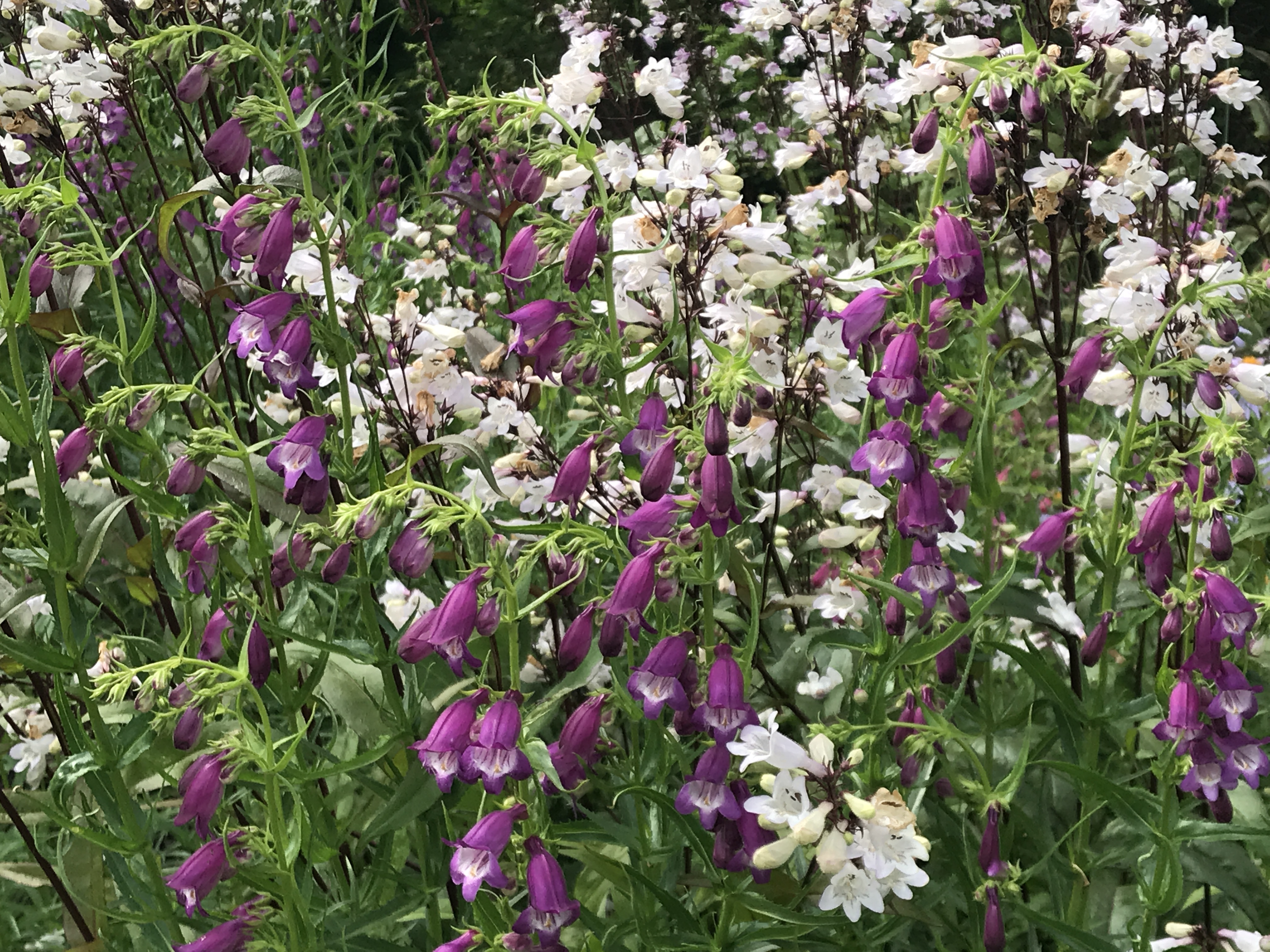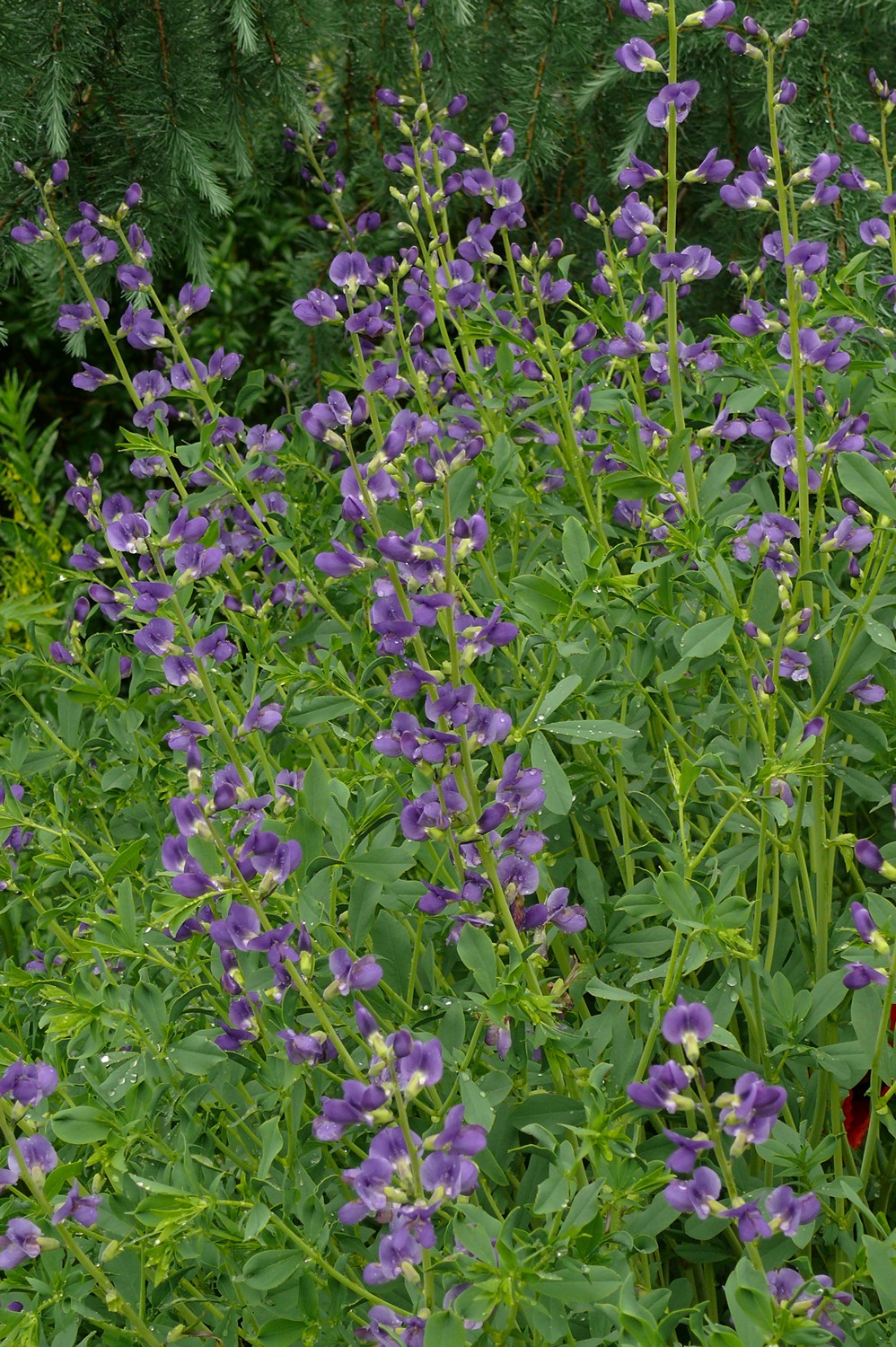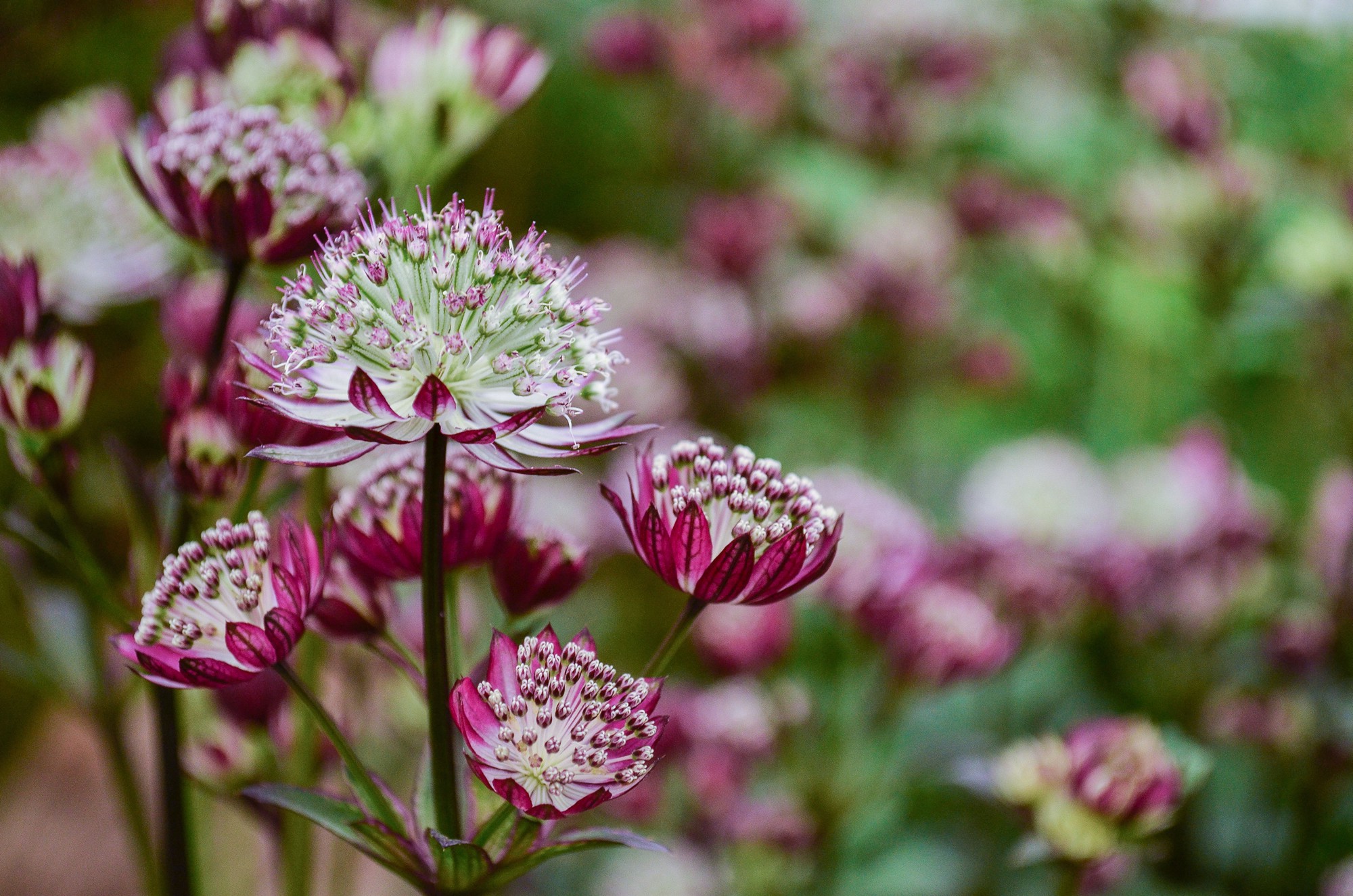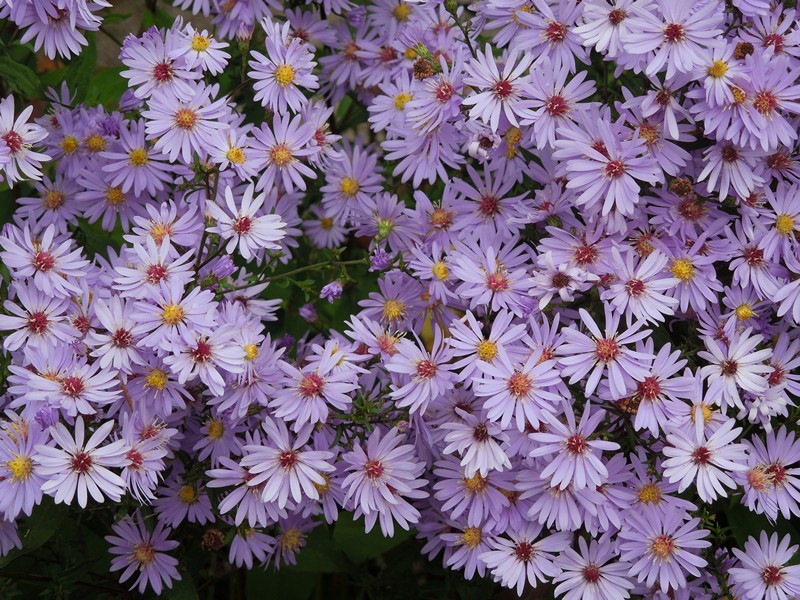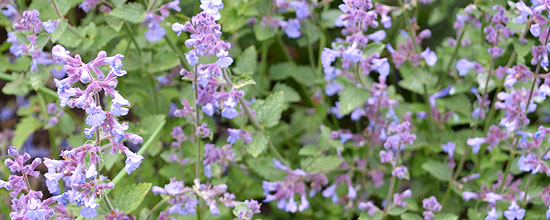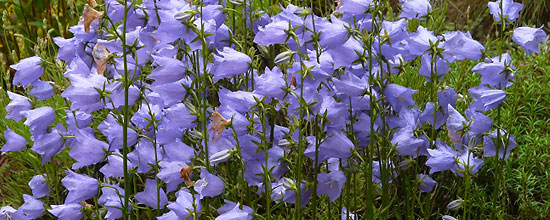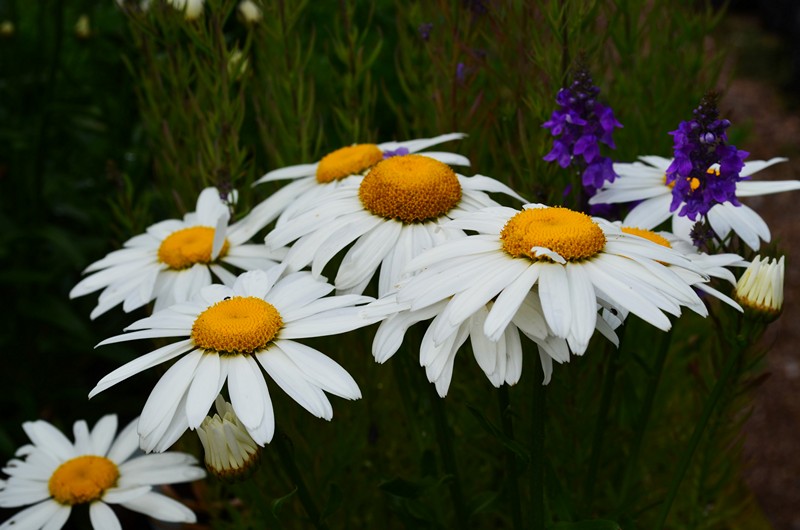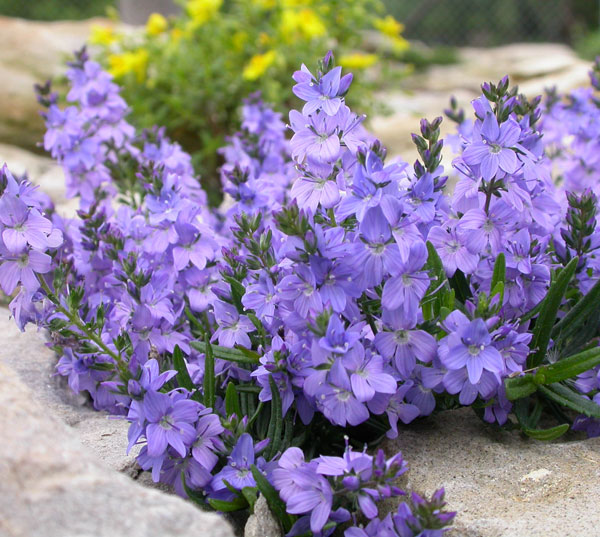Rod Monarda, known under the Czech name zavinutka, It is originally native to North America, which grows to about twenty species. It belongs to the family of the mint, Discover, and includes both the annual, and perennial herbs. Striking a very decorative flowers are bilabiate, tubular, arranged in clusters hlávkovitých, which is often several superimposed. The flowers are supported by a large and often strongly colored bracts, involved in the overall appearance soukvětí. Perennial species overwinter and grow underground projections. Whole plants are highly aromatic.
Of the species here are famously Monarda didyma, Monarda didyma, with a strikingly red colored flowers, native to eastern North America. Because in their homeland is growing in damp habitats, are a native species and hybrids derived from it greater demands on water.
Equally important is also tubular zavinutka, Monarda fistulosa, whose flower color ranges from light pink to dark purple. Compared with the previous type tolerates drier conditions.
Now cultivated particularly hybrid varieties derived from crosses M. didyma a M. fistulosa. There are dozens of varieties, color spectrum extends from white to pink, red to dark purple, height ranges between 50 a 100 cm.
The basic objective of breeders is to obtain varieties resistant to powdery mildew. The latest pink-purple cultivars include 'Petite Delight' – his unusual height – only measure 25-30 cm!
Often, however, we will meet the botanical species, not only in botanical gardens, but also in the collections of medicinal plants, in parks and more recently in the gardens. Some native species for manicured varieties grace and beauty in no way lag behind – e.g. Monarda fistulosa our. menthifolia (syn. Monarda menthifolia).
Zavinutky reproduce vegetatively mainly – division or cuttings. For division is ideal term in the spring shortly after, the shoots begin to sprout. For cuttings is best from April to May, Suitable are top or stem cuttings with a length 3-4 cm, řízkovací as a substrate suitable mixture of peat and perlite or perlite clean. Cuttings rooted quickly and willingly within days.
Pure botanical species can be successfully grown from seeds also, which are relatively small, therefore zasypávají only a thin layer of soil. Germinate quickly and reliably preferably at temperatures around 20 ° C.
Zavinutky fits into the sun and into the shade, require moister, or at least not too drying the soil with enough nutrients and regular watering.
One of the problems of growing plants is often attacked by mildew, which may in some years cause leaf drop on whole plants. You then look at unsightly furrows. In addition to the use of chemicals it is appropriate to prevent the spread of powdery mildew prevention – removal of shed infected leaves of nearby plants. This helps reduce the risk of infection and limit the spread of the disease in the coming years.
Because short underground zavinutek shoots grow very shallow underground, often during the winter when there are stronger frost, especially without snow, vymrzají. Therefore, it is recommended in the autumn of filling up clumps around 3 cm layer of peat, which is necessary in the spring before the breaking of stronger remove, to avoid its accumulation based.
After flowering plants remain on the stems with whorls of interesting soukvětí. For some varieties, it looks very decorative, they can be dried and used in arrangements and also leave the furrows, which look good even in winter. However, if stronger plants attacked by mildew, it is better to cut after flowering.
It is particularly suitable as a group plants into combined perennial beds. Excellent complementary with white daisies velkokvětými (Leucanthemum maximum), Najvyšší blow (phlox), Janebami (Heliopsis), zápleváky (I Helenice), very nice also operates between higher grasses (e.g. Mollin altissi-, Panicum virgatum).
Zavinutky bloom in the first half of summer, Therefore, it is necessary at the time of planting design beds so, to place non-flowering later hid other plants, flowering later. addition, zavinutky that they are very attractive and attract the attention of passers, also attract bees and butterflies.
The article was published on the website of the Association Czech perenářů courtesy magazine Zahrádkář.





